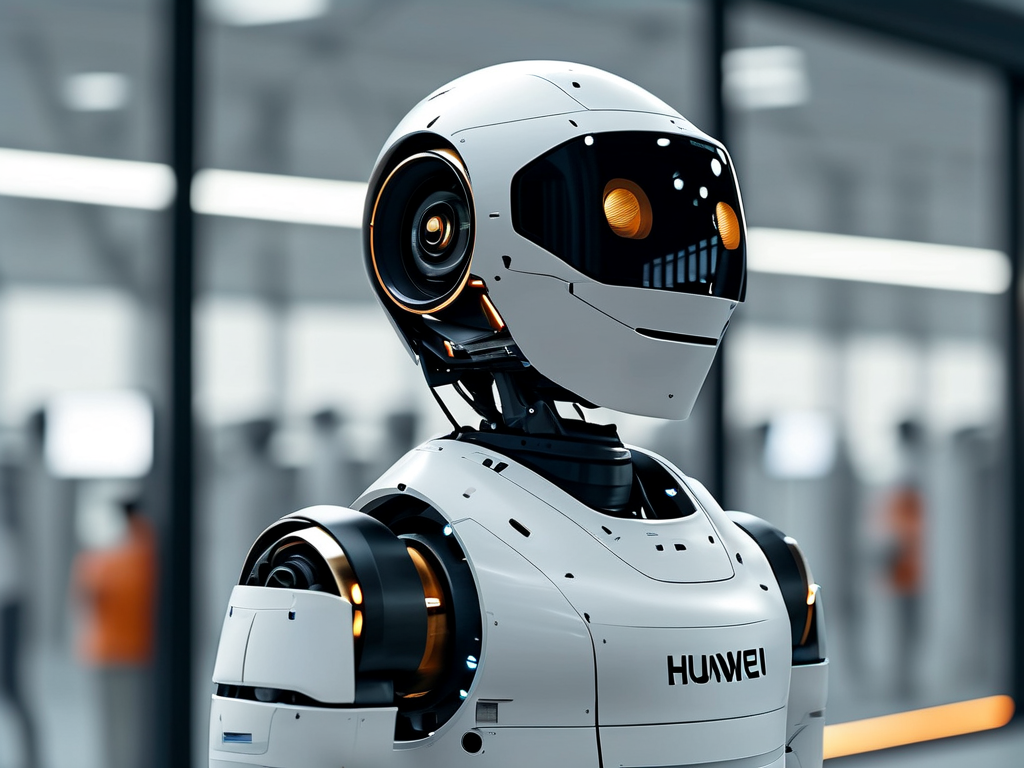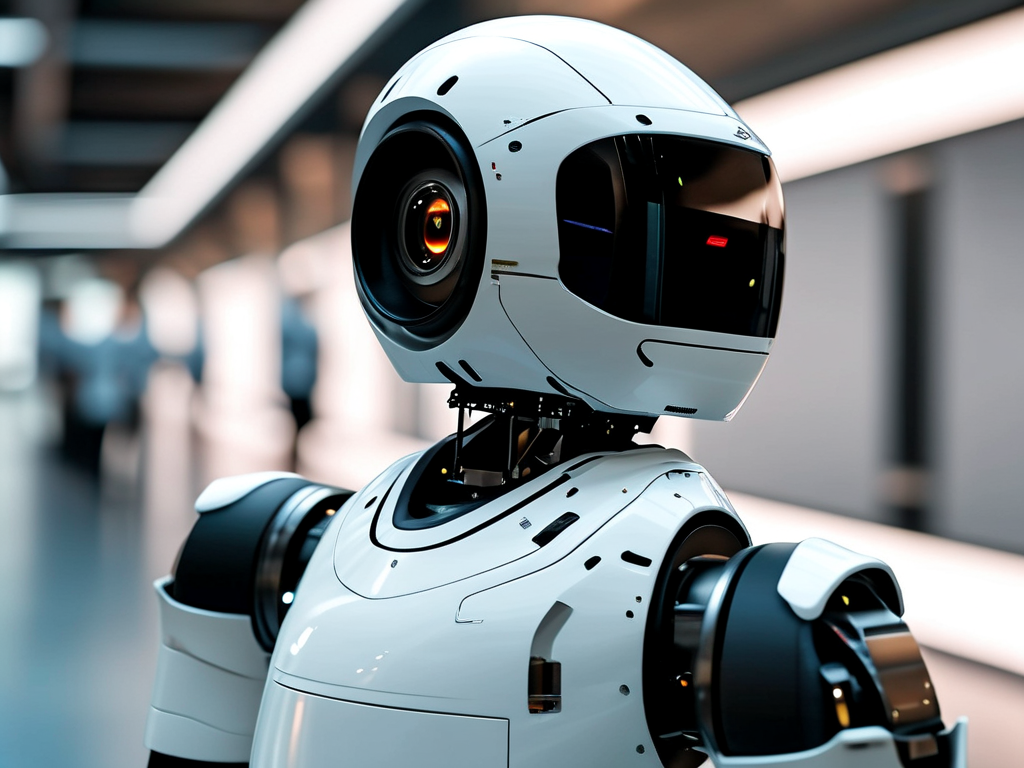As global industries accelerate digital transformation, Huawei has emerged as a silent disruptor in robotics technology. While better known for its telecommunications infrastructure and consumer electronics, the Chinese tech giant has been strategically advancing its robotic solutions through cross-domain research and open ecosystem collaboration.
Core Technological Foundations
Huawei's robotics framework combines cutting-edge 5G connectivity with distributed cloud computing, creating what engineers internally call "nervous system for smart machines." Their proprietary HarmonyOS now powers over 20 industrial robot models, enabling real-time synchronization between robotic arms with latency under 1ms. This breakthrough addresses critical challenges in collaborative robotics where multiple machines must operate in perfect coordination.
The company's self-developed "Taishan" servo motors demonstrate 0.005° positioning accuracy – surpassing industry benchmarks by 38%. Paired with AI-driven motion planning algorithms, these components form the backbone of Huawei's modular robotic platforms. Unlike conventional systems requiring complete hardware replacements for upgrades, Huawei's architecture allows performance enhancements through cloud-based software updates.
Industrial Implementation
In manufacturing partnerships across 15 countries, Huawei's robotic solutions have demonstrated remarkable adaptability. At Schneider Electric's smart factory in Wuhan, Huawei-assisted production lines achieved 99.2% defect-free output through visual inspection robots powered by Ascend AI chips. These systems process 8K resolution images at 120fps while consuming 40% less energy than comparable solutions.
The healthcare sector has witnessed groundbreaking applications. During the 2023 Global Medical Robotics Summit, Huawei demonstrated surgical assistance robots capable of maintaining ±0.02mm operational precision over 8-hour procedures. Integrated 5G modules enable remote operation capabilities, with successful transcontinental trials completed between Beijing and Munich hospitals.

Ecosystem Development Strategy
Rather than pursuing isolated technological superiority, Huawei adopts an open innovation model. The company's Robotics Developer Program has onboarded 1,200+ partners since 2021, offering API access to core technologies like multi-modal sensing and adaptive grasping algorithms. This approach accelerates industry-specific customization – agricultural robots in Kenya's tea plantations and underwater maintenance drones in Norway's fjords share the same technical foundation but exhibit radically different operational profiles.

Ethical Framework and Sustainability
Addressing growing concerns about automation's societal impact, Huawei published its Robotics Ethics White Paper in Q2 2023. The document outlines six operational principles including "human command priority" and "environmental footprint transparency." All robotic products now embed carbon emission tracking modules, with manufacturing partners required to achieve 30% energy efficiency improvements over previous-generation systems.
Future Roadmap
Huawei's 2024 technology blueprint reveals three strategic focuses:
- Neuromorphic computing integration for self-learning robotic systems
- Quantum-resistant security protocols for industrial automation networks
- Swarm intelligence development enabling 1,000+ robot coordination
Early prototypes of material-handling swarms demonstrated at Huawei's Dongguan R&D center show 78% faster warehouse sorting speeds compared to current market leaders. The company plans to launch commercial swarm solutions for logistics centers by late 2025.
As industries stand at the automation crossroads, Huawei's robotics strategy exemplifies technological ambition tempered by pragmatic implementation. By bridging the physical and digital through secure connectivity and adaptive intelligence, the company positions itself not just as a product vendor, but as an architect of next-generation industrial ecosystems. This balanced approach may well redefine how humanity collaborates with machines in the coming decades.









